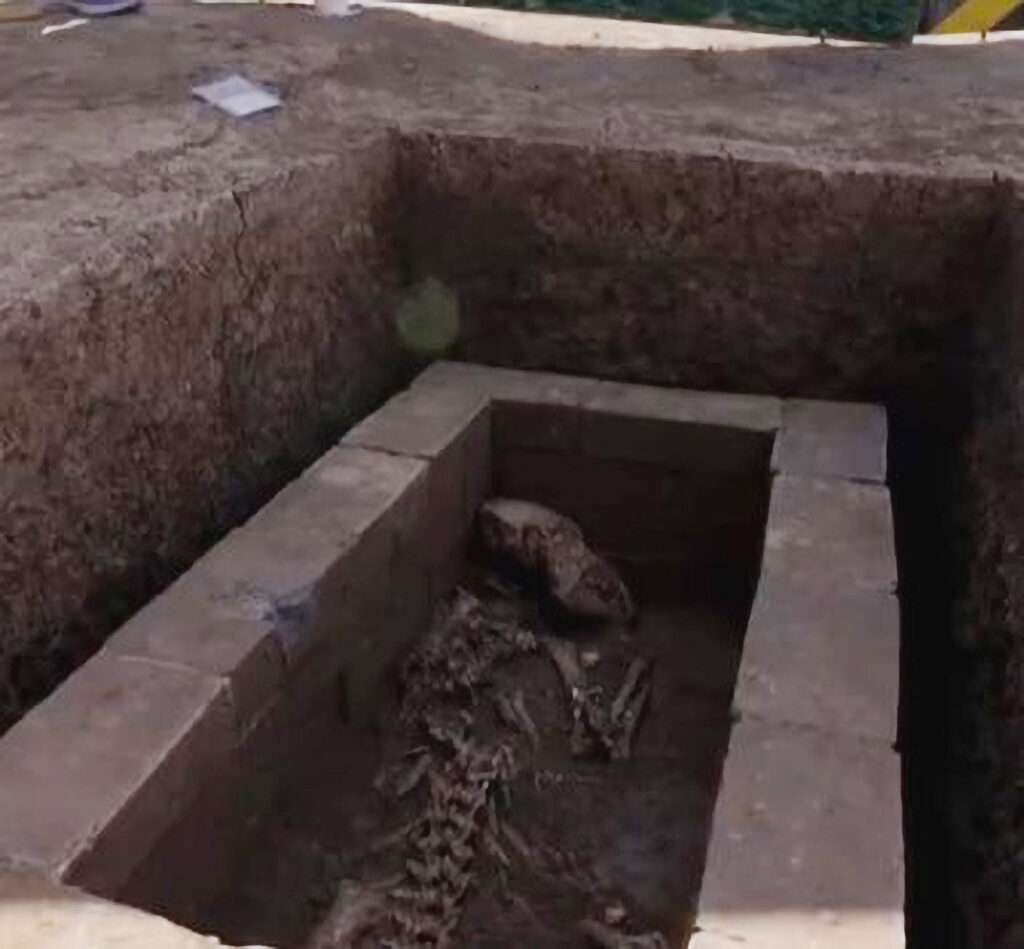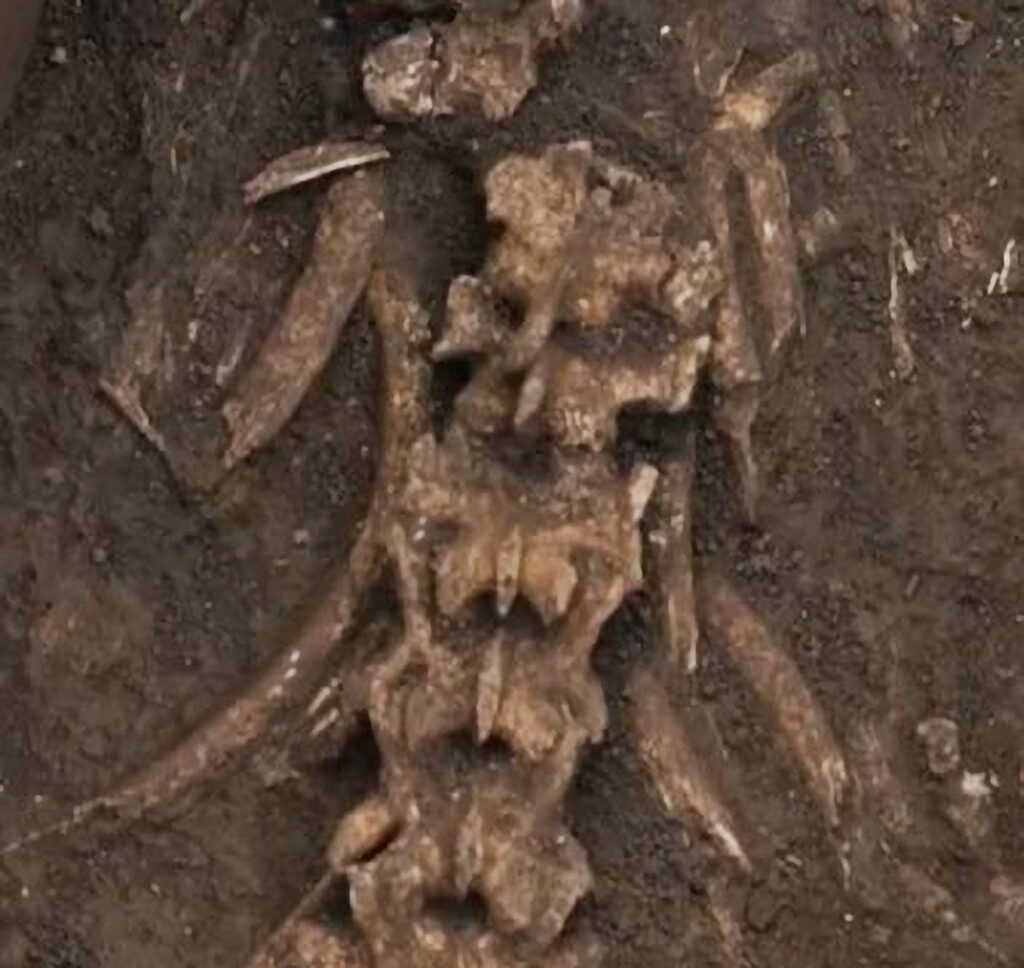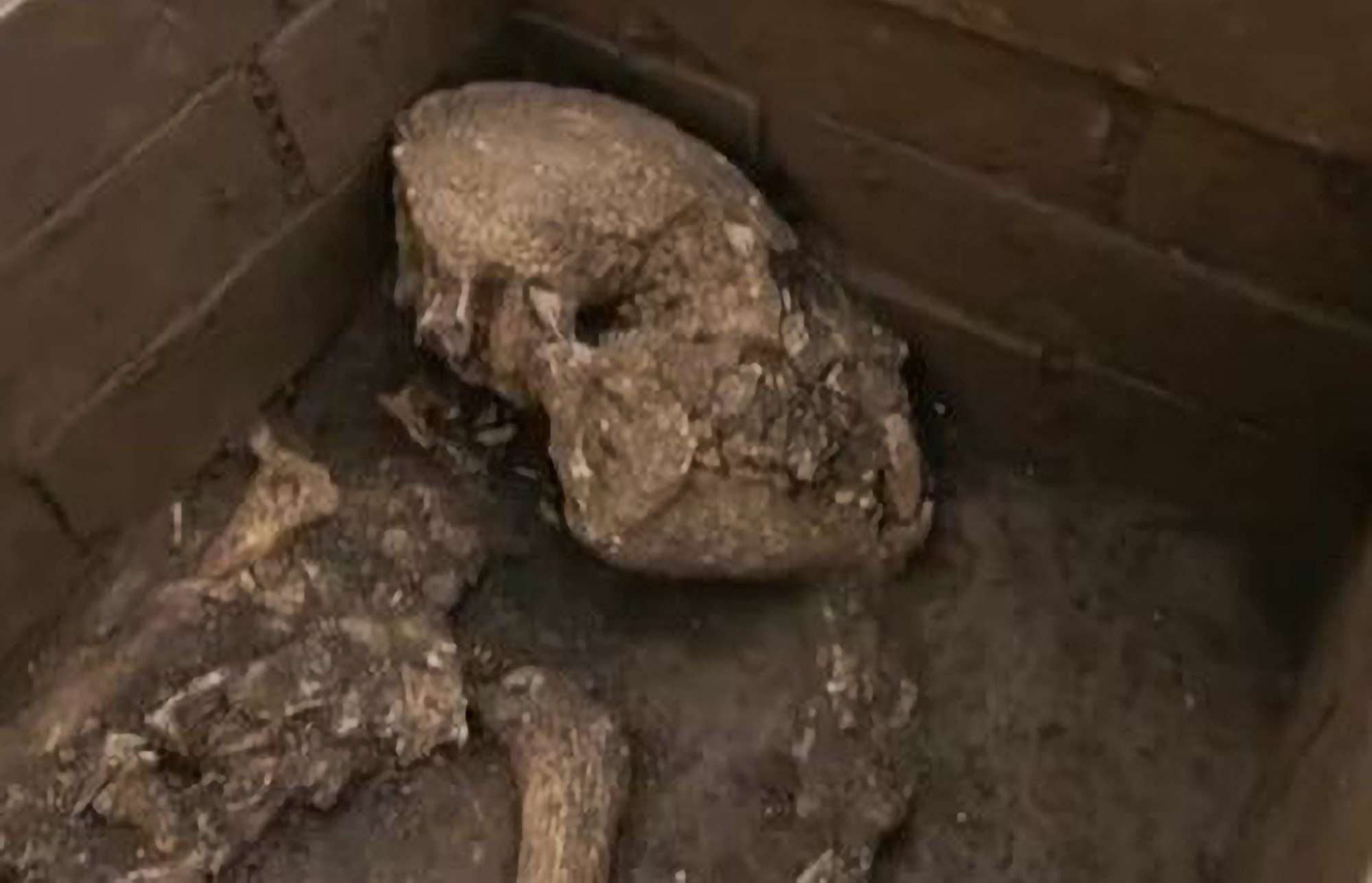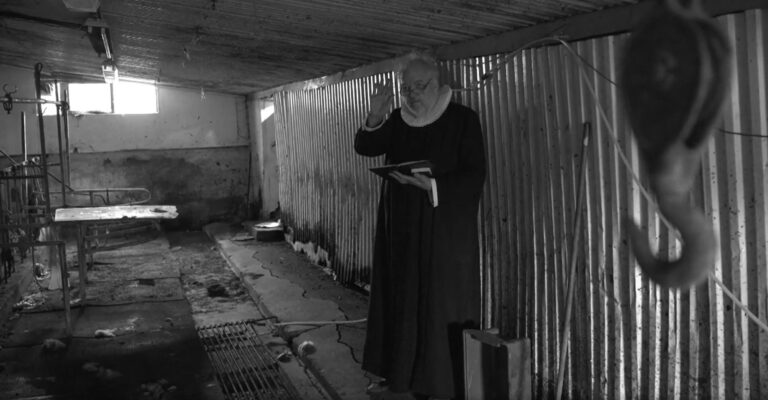Archaeologists in China have unearthed what they believe to be the first complete skeleton of a giant panda in a royal tomb dating back more than two millennia.
The skeleton- said to be in good condition -was discovered in the tomb of Han Dynasty Emperor Wen, who lived from 202 BC to 157 BC.
The find was made while excavating a site in Xian, the city in the central Shaanxi Province famous for its terracotta warriors discovery.
Archaeologists said the panda was likely sacrificed in a ritual to accompany Emperor Wen on his journey to the afterlife.

Its skeletal remains, which reportedly showed prominent canine teeth, were found inside a brick mini tomb.
The creature’s head is pointing towards the emperor’s mausoleum and its tail is directed west.
Hu Songmei, an archaeologist from the Shaanxi Academy of Archaeology, claimed this is the first time a complete panda skeleton has been found in a royal tomb.
Hu said: “This is the first time we have discovered giant pandas in ancient tombs.
“This discovery is of great significance for studying the distribution of giant pandas in ancient times and the relationship between humans and giant pandas.”
A panda skull was found in the tomb of Emperor Wen’s mother in 1975 but the rest of its remains were nowhere to be seen.
Archaeologists also unearthed the remains of other exotic creatures believed to symbolise the elevated status of the Han rulers.

Among them was the skeleton of an Asian tapir, a species that vanished from China around 1,000 ago.
Its descendants across the rest of Asia are now classified as endangered by the International Union for Conservation of Nature.
Further exploration revealed tigers and yaks interred alongside the deceased emperor.
His mother’s tomb also contained the remains of a red-crowned crane, peacock, snub-nosed monkey and tortoise.
Wen, unlike many other emperors, decided to have his final resting place inside a mountain, abandoning the previous practice of building a burial mound, according to experts.
The traditional burial practice also involved entombing animals, including pandas, as part of an underground royal garden intended for the dead.
Hu added that rare species of animals were found solely in the tombs of the emperor, empress, and the emperor’s mother.

Some might have been gifts or tributes from southern China.
She also suggested that more pandas could have existed in Shaanxi during the Han dynasty due to a wetter and warmer climate supporting bamboo growth.
Archaeologists are now to carry out DNA analysis on the animals to determine their exact origin.
To find out more about the author, editor or agency that supplied this story – please click below.
Story By: Simona Kitanovska, Sub-Editor: Marija Stojkoska, Agency: Asia Wire Report
The Ananova page is created by and dedicated to professional, independent freelance journalists. It is a place for us to showcase our work. When our news is sold to our media partners, we will include the link here.




